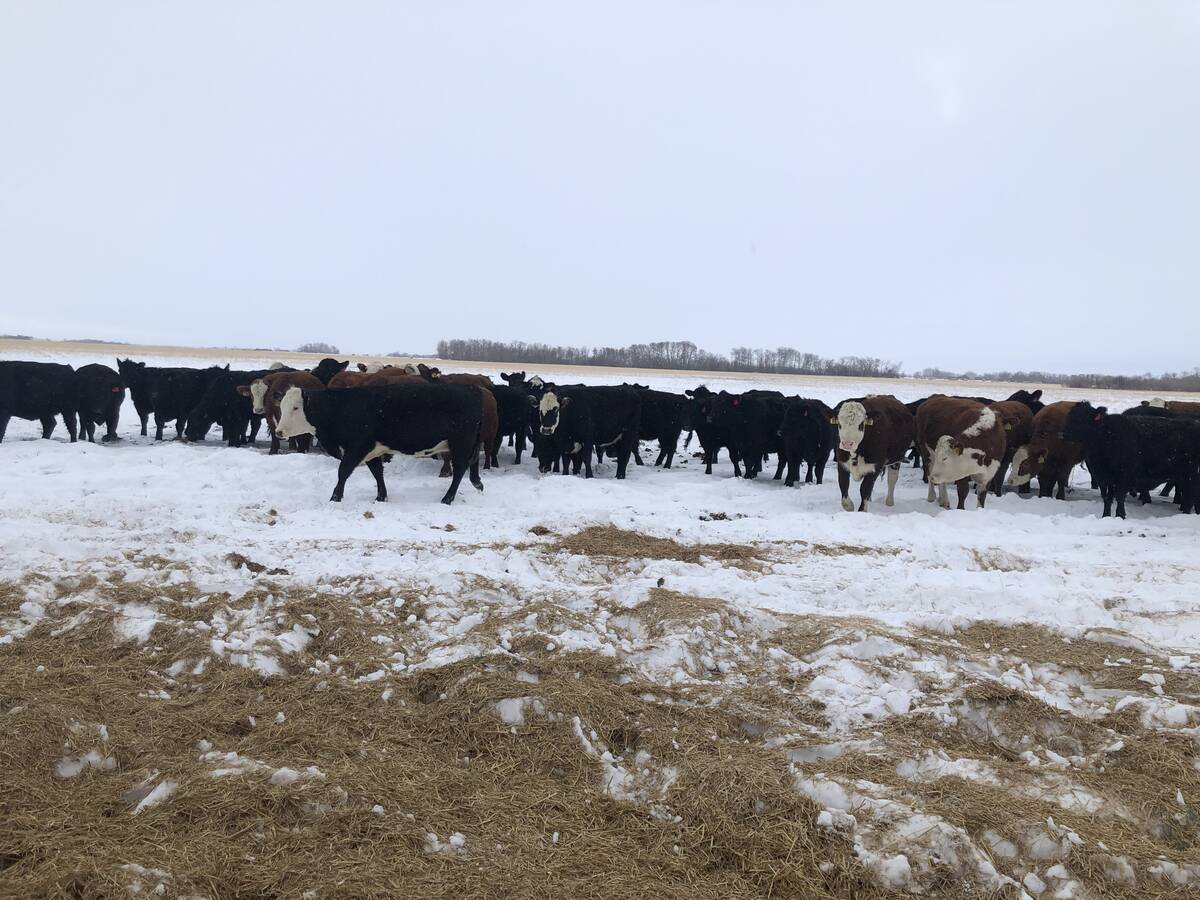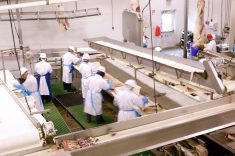Sometimes in crazy times, it’s good to back up and look at the cards showing and your hole cards.
Economically speaking, inflation is one key factor. A key inflation driver is fossil fuel costs. It enters in every phase of beef production beyond our magic photosynthesis machine — the cow. As both major producers and users of energy, Canada and the U.S. have a lot at stake here. Some of the fuel costs are due to President Biden’s attack on oil, gasoline and propane supplies by cancelling pipeline permits and ending or restricting leasing on federal lands and waters. The hurricane that hit the Gulf Coast damaged refineries and ports, causing further supply shortages.
Read Also

Picking the most efficient cows to rebuild your cow herd
A new cow ranking system to help beef farmers and ranchers pick the most efficient cows as they rebuild their herds.
Biden was obviously trying to drive up the cost of energy for driving, transportation of all goods, manufacturing, food production and heating homes.
But the far-leftists guiding Biden wanted more. Almost unnoticed was the EPA increasing the mileage requirements for new cars and light trucks to penalize regular drivers — to tighten the screws on heretics not buying electric vehicles.
By 2026, vehicle fleets will be required to average 55 miles per gallon, a 35 per cent increase from 2021’s 40 miles per gallon requirement.
Through September this year, 460,000 electric and plug-in hybrid vehicles were sold in the U.S., nearly half in California. In contrast, Ford alone sold 535,000 pickups — even with chip shortages and labour problems curbing available supplies.
“The real purpose of higher fuel-efficiency standards is to impose an electric vehicle mandate by regulatory fiat, since activists figure Congress will not impose a ban on internal combustion vehicles soon enough to please them.” (“The EPA’s Mileage Standards Are a Stealth Electric-Vehicle Mandate,” Wall Street Journal, 12/29/21.)
Electrics cost more to buy, the range is often less than claimed, vehicles don’t charge quickly or have shortened life if fast-charged, would likely involve more government subsidies and lots more of them would drive electricity demand and rates higher.
And — need I mention to Canadians how poorly batteries perform in frigid conditions? Extreme heat cuts performance also.
As for battery life, there is the story of the Finnish Tesla owner, who, presented with a $22,500 estimate for replacing his Model S battery — decided to eliminate the “battery drain” permanently — with 60 lbs. of dynamite.
Readers were fascinated with California’s new law mandating space requirements for hogs, laying hens and veal calves — regardless of their lifetime geographic location, if the meat and eggs could be sold in California.
In December, the state supposedly tried — but failed — to soften the blow. I thought you’d be interested in some excerpts from the proposed regulation.
Californians consume “1,205 million pounds of whole pork meat with only 1.6 per cent of the meat coming from breeding pigs or immediate offspring of breeding pigs raised in California…”
From the Economic Impact Assessment section: “California consumers will be affected by higher food prices and respond with lower quantity consumed.”
The department “can infer that benefits accrue to Californians knowing that breeding pigs, veal calves, and egg-laying hens are raised with a minimum space requirement…”
Californians can derive “… some corresponding benefits (even if they are hard-to-quantify benefits such as moral satisfaction, peace of mind, social approval, etc.) from knowing all eggs raised and sold in California are cage-free after January 1, 2022.”
“Minimum space requirements for veal calves and breeding sows outlined in HSC are not drawn from specific industry standards or published scientific research…”
“The Department has no regulatory discretion over the Act’s animal confinement mandates … (the) mandates (are) directly imposed by the Act.”
In other words, the rules that sounded good to the Humane Society of the U.S. (HSUS) were written into the proposition, so the department can do nothing about space requirements.
So absolutely ridiculously tiny apartments in New York City or California that no one regulates for human occupation are okay but for livestock in California, HSUS’s “feelings” mandate livestock space.
As for compliance costs, a typical pig farm with 1,000 sows producing 20,000 slaughter hogs/year will incur $66,000 initially to comply. “Estimated ongoing cost is greater than the initial cost of conversion at $100,000 per year for a typical breeding pig farm due to lower piglet output per sow and increased sow mortality.”
So, let me get this straight. This monstrously onerous and expensive mandate is to create allegedly better conditions for animals. But the sows will produce fewer piglets and more sows will die under these conditions?
Producers know that contented, well-cared-for animals produce more because they have the best of conditions and care. Even a non-farming Californian ought to question why less “cruelty” should produce fewer baby pigs and more dead sows.
The record-keeping/reporting requirement for an operation is estimated at $5,000/year, with 7,900 businesses coughing up $39.5 million/year.
















